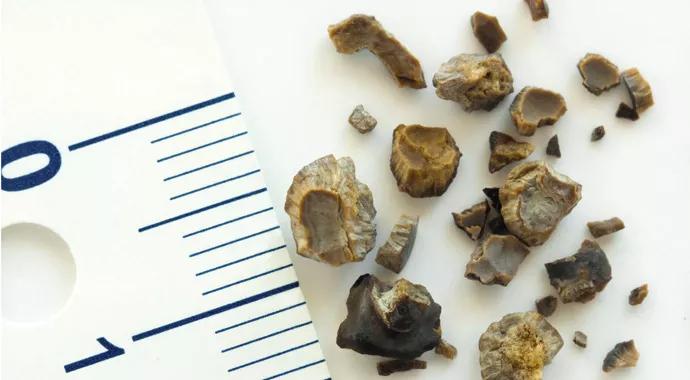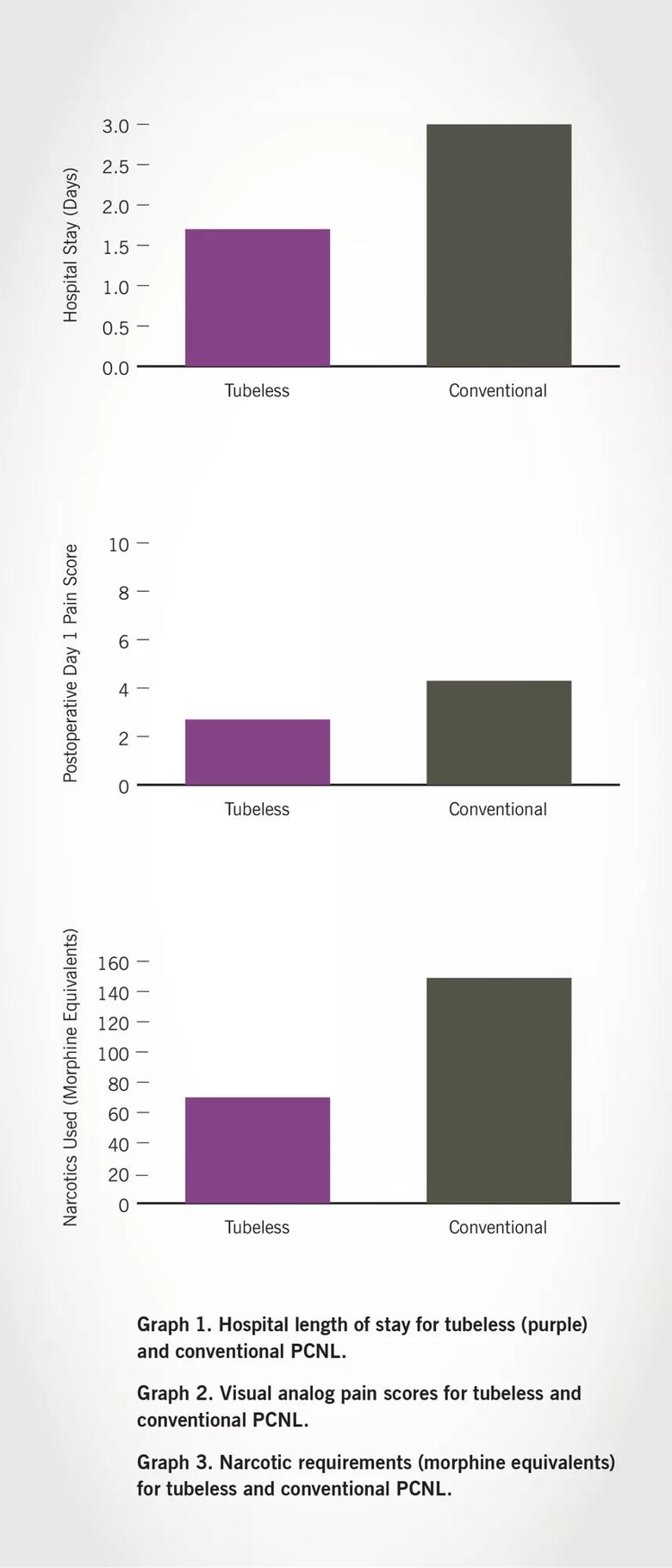Research supports a tubeless approach in all PCNL cases

Previous studies have suggested that a nephrostomy tube be left in percutaneous nephrolithotomy (PCNL) patients who experience significant bleeding or other complications. Throughout the last three years, however, Manoj Monga, MD, has used a tubeless approach in all patients undergoing PCNL unless there was a residual stone that he anticipated being able to access through the same tract.
Advertisement
Cleveland Clinic is a non-profit academic medical center. Advertising on our site helps support our mission. We do not endorse non-Cleveland Clinic products or services. Policy
As the result of a study led by Dr. Monga and Mark Noble, MD, the doctors propose that tubeless PCNL is safe, irrespective of bleeding, perforation, extravasation or other intraoperative issues that have previously been used as exclusionary criteria for this approach.
To determine the safety and efficacy of using a tubeless approach, the researchers evaluated 160 patients who were randomly assigned to tubeless PCNL with an indwelling ureteral stent or a conventional PCNL with a small-bore pigtail nephrostomy catheter. All patients underwent balloon dilation of the nephrostomy tract to 30Fr.
Patients were similar with regard to age, gender, American Society of Anesthesiologists score, number of stones, maximum stone dimension, number of calyces involved and use of preoperative narcotics.
Researchers found that patients who underwent the tubeless approach experienced a significantly shorter hospital stay, less postoperative pain and less narcotic utilization compared with those who underwent a standard approach.
The doctors did not exclude patients based on intraoperative bleeding; patients were identified who had a hemoglobin drop of 1 gram or more during surgery, and in this subgroup there was no difference in hemoglobin on postoperative day one. This suggests that a tube does not help with tamponade in patients with significant intraoperative bleeding.
Indeed, four patients in the conventional PCNL group required transfusion and two required embolization, while no patients in the tubeless PCNL group required either transfusion or embolization.
Advertisement

Advertisement
Advertisement

Historic collaboration connects two Cleveland Clinic locations, enables real-time sharing of metrics and surgical progress

Retrospective study evaluates clinical upstaging during neoadjuvant treatment

Retrospective study finds acceptable cancer control among most histologic subtypes with intravesical therapy

Revolutionizing pediatric urology with a new, less invasive approach

What updated techniques, counseling and a changing workforce could mean

Applications, outcomes and untapped potential

Retrospective study shows SGLT-2 inhibitors may lead to worse urologic outcomes

Early, individualized diagnosis and comprehensive management key to preserving fertility